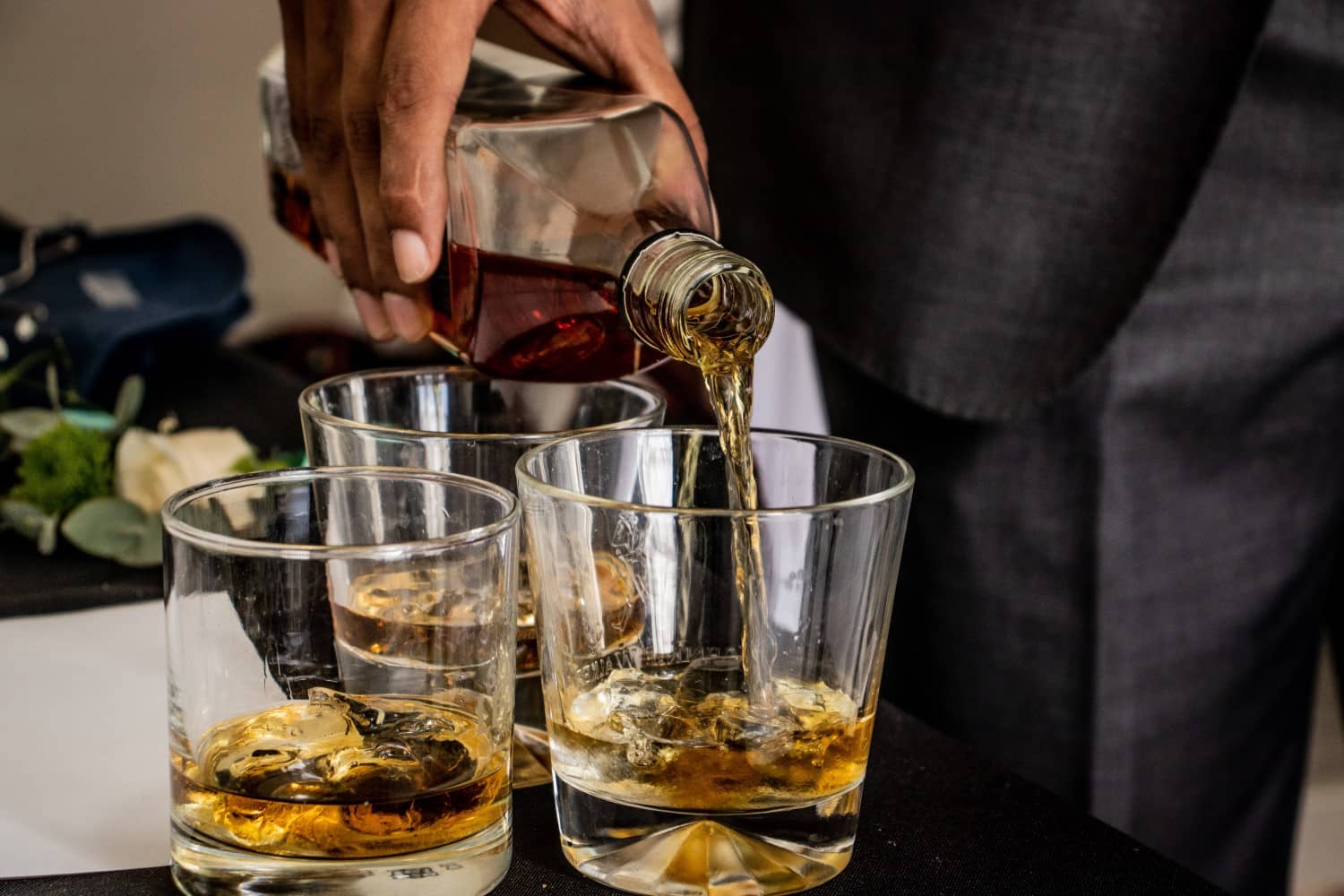

Articles
How To Store Whiskey After Opening
Modified: December 7, 2023
Discover expert articles on how to properly store whiskey after opening, to ensure its flavor and quality remain intact. Learn the best methods and tips from whiskey enthusiasts.
(Many of the links in this article redirect to a specific reviewed product. Your purchase of these products through affiliate links helps to generate commission for Storables.com, at no extra cost. Learn more)
Introduction
Welcome to the world of whiskey! Whether you’re a connoisseur of fine spirits or just enjoy the occasional glass, it’s important to understand the art of storing whiskey. While you may think that once the bottle is opened, you can simply place it back on the shelf, there are actually several factors to consider when it comes to whiskey storage.
Storing whiskey properly not only preserves its taste and quality but also ensures that you can enjoy it for a longer period of time. Whiskey, like any other alcoholic beverage, is susceptible to certain elements that can compromise its flavor and overall experience. In this article, we will explore the importance of whiskey storage, factors that can affect the quality of whiskey, and the best practices for storing your favorite bottle.
Whether you have a prized single malt, a smooth blend, or a unique bourbon, proper storage will help maintain the integrity of the whiskey and enhance your drinking experience. So, let’s dive into the world of whiskey storage and learn how to keep your favorite bottles in prime condition!
Key Takeaways:
- Proper whiskey storage is crucial for preserving flavor, aroma, and quality. Factors like temperature, light exposure, and air contact impact whiskey, so store it in a cool, dark place with airtight closures.
- Whiskey can be stored for 1-2 years after opening if stored properly. Signs of spoilage include off aroma, cloudy appearance, and unusual taste. Enjoy your whiskey within a reasonable timeframe to savor its best flavors.
Read more: How To Store Opened Whiskey
Storing Whiskey: Why is it important?
Properly storing whiskey is essential for preserving its flavor, aroma, and overall quality. Just like wine, whiskey can be affected by several factors that can degrade its taste and diminish the drinking experience. Here are some reasons why whiskey storage is important:
- Preserves Flavor: Whiskey is a complex spirit that develops its unique flavors over time. Storing it correctly helps maintain the balance of flavors and allows the whiskey to age gracefully, resulting in a more enjoyable drinking experience.
- Protects Aroma: Whiskey is known for its rich and varied aromas, which are an integral part of the tasting experience. Proper storage prevents the whiskey from being exposed to strong odors or contaminants that can alter its aroma.
- Maintains Quality: By storing whiskey in optimal conditions, you can ensure that it retains its quality and does not deteriorate over time. This is especially important for high-quality and aged whiskeys that are meant to be savored slowly.
- Prevents Oxidation: When whiskey comes into contact with air, it can undergo oxidation, which can negatively impact its flavor. Storing whiskey properly helps minimize the exposure to oxygen, keeping the whiskey fresher for a longer period of time.
- Preserves Value: Some whiskeys, particularly rare or limited editions, can appreciate in value over time. Proper storage helps protect the investment value of these bottles, allowing them to maintain their worth in the market.
By understanding the importance of whiskey storage, you can ensure that you get the most out of your bottles and enhance your drinking experience. The next section will explore the various factors that can affect the quality of whiskey and how to mitigate them through proper storage techniques.
Factors Affecting Whiskey Storage
Several factors can have an impact on the quality and longevity of whiskey when it comes to storage. It’s important to be aware of these factors to ensure that you store your whiskey in the best possible conditions. Here are the key factors affecting whiskey storage:
- Temperature: Fluctuations in temperature can greatly affect the taste and consistency of whiskey. Extreme heat can cause the liquid to expand, leading to leakage or evaporation. On the other hand, freezing temperatures can negatively impact the flavor and potentially cause the whiskey to become cloudy.
- Light exposure: Whiskey is sensitive to light, particularly ultraviolet (UV) rays, which can degrade the quality of the whiskey. Prolonged exposure to light can result in unpleasant flavors and even cause the whiskey to become “lightstruck”. To mitigate this, it’s important to store whiskey in a dark and cool place.
- Air exposure: While some amount of air exposure is necessary for whiskey to breathe and develop flavors, excessive exposure to air can lead to oxidation. This can result in a loss of freshness and a less desirable taste. To prevent excessive oxidation, ensure that whiskey bottles are tightly sealed when not in use.
- Humidity: Whiskey is generally not as sensitive to humidity as wine, but extreme humidity levels can have an impact. High humidity can cause label damage and promote mold growth, while low humidity can lead to the drying out of corks, potentially allowing air to seep into the bottle.
- Position: The position in which whiskey is stored can also affect its quality. Storing bottles upright can increase the chances of the cork drying out and allowing air to enter the bottle. On the other hand, storing bottles horizontally can help keep the cork moist, preventing excessive air exposure.
- External odors: Whiskey has the ability to absorb odors from its surroundings. It’s important to store whiskey away from strong-smelling substances such as cleaning agents, spices, or other aromatic foods and beverages.
By considering these factors, you’ll be able to create a suitable storage environment for your whiskey collection. In the next section, we will discuss the best practices for storing whiskey to ensure its longevity and optimal flavor.
The Best Way to Store Whiskey
To maintain the quality and flavor of your favorite whiskey, it’s crucial to store it in the best possible way. Here are some tips on how to store whiskey properly:
- Store in a cool, dark place: Whiskey should be kept away from direct sunlight and stored in a cool area with a stable temperature. Ideally, the temperature should be between 15 to 20 degrees Celsius (59 to 68 degrees Fahrenheit).
- Vertical or slightly tilted position: While wine is typically stored horizontally, whiskey bottles can be stored upright or slightly tilted. This helps keep the cork moist without excessive contact with the liquid, minimizing the risk of air exposure.
- Use airtight closures: When not in use, make sure the bottle is tightly sealed with its original cork or use an airtight stopper. This helps prevent excessive air exposure and oxidation.
- Avoid temperature fluctuations: Extreme temperature changes can affect the whiskey’s flavor and consistency. Try to avoid storing whiskey in areas that experience frequent temperature fluctuations, such as near heating or cooling vents.
- Keep away from strong odors: Whiskey can absorb odors from its surroundings, which can alter its taste. Store whiskey away from strong-smelling substances, such as cleaning agents, spices, or other aromatic foods and beverages.
- Consider a whiskey cabinet or cellar: If you’re a serious whiskey enthusiast, investing in a dedicated whiskey cabinet or cellar can provide an ideal storage environment with controlled temperature and humidity levels.
By following these best practices, you can ensure that your whiskey retains its quality, flavors, and aromas for an extended period of time. However, it’s important to note that whiskey, unlike wine, does not generally improve with age in the bottle. So, it’s best to enjoy your whiskey within a reasonable time frame to fully appreciate its characteristics.
Now that you know how to store whiskey correctly, let’s discuss some additional tips to ensure optimal storage conditions and avoid common mistakes that can impact the quality of your whiskey.
Tips for Proper Whiskey Storage
To ensure that your whiskey stays in its best condition, here are some additional tips for proper storage:
- Keep the bottle upright during transportation: When transporting whiskey, make sure to keep the bottle in an upright position to minimize the chances of leakage or excessive agitation that can affect the taste.
- Avoid temperature extremes: Whiskey should be stored away from extreme temperature conditions, such as near heaters or in unheated spaces. Rapid temperature changes can impact the flavor and composition of the whiskey.
- Consider investing in a whiskey decanter: Using a whiskey decanter not only adds a touch of sophistication but also helps protect the whiskey from air exposure. It can be especially useful if you frequently pour whiskey from the same bottle.
- Label your bottles: If you have multiple bottles in your collection, it’s helpful to label them with the date of opening. This way, you can keep track of how long a bottle has been open and consume it within a reasonable timeframe.
- Store opened bottles first: If you have multiple bottles of whiskey open at the same time, prioritize consuming the ones that have been opened for longer. This ensures that the whiskey is enjoyed at its peak flavor before any deterioration occurs.
- Avoid shaking the bottle: Shaking a whiskey bottle can introduce air bubbles, which can oxidize the whiskey more quickly. Instead, gently swirl the glass to release the aromas.
- Consider investing in whiskey stones: If you prefer your whiskey chilled, consider using whiskey stones instead of ice cubes. Whiskey stones do not melt and dilute the drink, allowing you to enjoy the full flavor of the whiskey.
By following these tips, you can maintain the quality and integrity of your whiskey collection over time. However, it’s important to note that each whiskey may have unique storage requirements, so it’s always a good idea to check the manufacturer’s recommendations if available.
Now that you know how to store whiskey properly and have learned some valuable tips, let’s move on to some common mistakes to avoid when it comes to whiskey storage.
Store whiskey in a cool, dark place away from direct sunlight and temperature fluctuations. Keep the bottle tightly sealed to prevent oxidation and evaporation. Consider transferring the whiskey to a smaller bottle to minimize air exposure.
Read more: How To Store Open Whiskey
Common Mistakes to Avoid
When it comes to storing whiskey, there are a few common mistakes that enthusiasts often make. By avoiding these mistakes, you can ensure that your whiskey maintains its quality and provides an exceptional drinking experience. Here are some common mistakes to avoid:
- Exposing whiskey to direct sunlight: Direct sunlight can degrade the quality and flavor of whiskey over time. Avoid storing whiskey in areas that receive direct sunlight, such as near windows or on open shelves.
- Storing whiskey in the kitchen: The kitchen is prone to temperature fluctuations, strong odors, and humidity, which can all negatively impact whiskey. It’s best to store whiskey in a cool and dark area away from the kitchen.
- Using improper closures: Using improper closures or not sealing the bottle tightly can result in excessive air exposure and oxidation. Always ensure that the bottle is properly sealed after each use with its original cork or an airtight stopper.
- Storing whiskey near strong-smelling substances: Whiskey can absorb odors from its surroundings, so storing it near strong-smelling substances can alter its taste and aroma. Keep whiskey away from cleaning agents, spices, or other aromatic foods and beverages.
- Storing whiskey in a warm environment: High temperatures can cause whiskey to expand and potentially leak. Avoid storing whiskey in warm areas, such as near radiators or heating vents, as it can impact the quality and taste of the whiskey.
- Not rotating open bottles: If you have multiple open bottles of whiskey, it’s important to rotate them to ensure even consumption. Prioritize drinking bottles that have been opened the longest to avoid any potential deterioration in flavor.
- Not consuming whiskey within a reasonable timeframe: While whiskey doesn’t spoil like some perishable food items, it can still experience changes in flavor and quality over time. Try to consume your whiskey within a reasonable timeframe to fully enjoy its intended flavors and aromas.
By avoiding these common mistakes, you can ensure that your whiskey remains in top-notch condition and provides a delightful drinking experience every time you pour a glass.
Now that we have discussed common mistakes to avoid, let’s move on to understanding how long whiskey can be stored after opening and how to identify signs of spoilage.
How Long Can Whiskey Be Stored After Opening?
Once a bottle of whiskey is opened, it will begin to interact with the air, potentially leading to changes in flavor and aroma over time. While whiskey doesn’t spoil like perishable food items, it’s best enjoyed within a certain timeframe to fully appreciate its intended qualities.
In general, a bottle of whiskey can be stored for several years after opening without significant degradation in quality. However, it’s important to note that the flavor profile may evolve during this time due to the interaction with oxygen. The rate at which a whiskey changes can depend on factors such as the age, type, and quality of the whiskey, as well as the storage conditions.
Typically, if you store your opened whiskey properly in a cool, dark place and minimize air exposure, you can expect it to retain its quality for up to 1 to 2 years. Some whiskey enthusiasts argue that certain high-quality whiskeys can be enjoyed for even longer periods of time, while others prefer to consume their whiskey within a shorter timeframe to experience the freshest flavors.
It’s important to note that whiskeys with a higher alcohol content, such as cask strength or barrel-proof whiskeys, tend to have a longer lifespan after opening. The higher alcohol content acts as a preservative and can help slow down the oxidation process.
Ultimately, the best way to determine if your whiskey is still enjoyable after opening is to rely on your senses. Take a moment to observe the color, aroma, and taste of the whiskey. If you notice any drastic changes or a significant loss of flavor, it may be an indication that the whiskey has passed its prime.
Remember, whiskey is meant to be enjoyed, so it’s recommended to consume it within a reasonable timeframe to fully appreciate its nuances and characteristics. If you have a prized bottle or limited edition whiskey, consider opening it for special occasions to savor its unique qualities before they potentially fade over time.
Now that you have an idea of how long whiskey can be stored after opening, let’s explore some signs that may indicate whiskey spoilage.
Signs of Whiskey Spoilage
While whiskey doesn’t spoil in the same way as perishable food items, it can experience changes in flavor and quality over time, especially after being opened. Here are some signs that may indicate whiskey spoilage:
- Off or unpleasant aroma: If your whiskey has a strong, unpleasant smell that is noticeably different from its original aroma, it may be an indication of spoilage. Whiskey should have a distinctive and pleasing scent.
- Cloudy appearance: Whiskey should have a clear and translucent appearance. If you notice cloudiness or sediment in the whiskey, it may suggest spoilage or improper storage conditions.
- Strange taste: One of the most obvious signs of whiskey spoilage is an off or unusual taste. If the whiskey tastes flat, bitter, or significantly different from its original flavor profile, it may have gone bad.
- Fading flavors: Over time, the flavors of whiskey can mellow and change, which can be part of the aging process. However, if the flavors are significantly diminished or lack the complexity they once had, it may indicate spoilage.
- Increase in harshness or bitterness: If a previously smooth whiskey becomes excessively harsh, bitter, or astringent, it may suggest spoilage or improper storage that has negatively impacted the quality of the spirit.
- Unusual texture: Whiskey should have a smooth and velvety texture. If you notice any sliminess, oiliness, or an unpleasant mouthfeel, it may indicate spoilage.
- Changes in color: While some slight changes in color can occur naturally over time due to aging, if the whiskey’s color has significantly darkened or developed an unnatural hue, it may be a sign of spoilage.
If you observe any of these signs or suspect that your whiskey may have gone bad, it’s best to trust your palate and consider discarding the whiskey. Drinking spoiled whiskey may lead to a less enjoyable experience and potentially unpleasant side effects. It’s always better to be safe than sorry when it comes to consuming spirits.
Remember, proper storage practices, such as keeping the whiskey away from extreme temperatures, light, and strong odors, can help minimize the chances of spoilage and ensure the longevity of your favorite bottles.
Now that you’re aware of the signs of whiskey spoilage, let’s conclude our discussion on proper whiskey storage.
Conclusion
Properly storing whiskey is essential for preserving its flavor, aroma, and overall quality. By understanding the importance of whiskey storage and following best practices, you can ensure that your favorite bottles stay in prime condition for an extended period of time.
Factors such as temperature, light exposure, air exposure, humidity, and position can all have an impact on the quality of whiskey during storage. It’s important to store whiskey in a cool, dark place, away from direct sunlight and strong odors. Using airtight closures and keeping the bottle upright or slightly tilted can also help maintain the integrity of the whiskey.
To further enhance your whiskey storage, consider investing in a whiskey cabinet or cellar to create an ideal environment with controlled temperature and humidity levels. Additionally, labeling your bottles, rotating open bottles, and consuming whiskey within a reasonable timeframe are important practices to ensure optimal enjoyment.
While whiskey doesn’t spoil like perishable items, it’s best enjoyed within a certain timeframe to fully appreciate its intended flavors and aromas. Signs of whiskey spoilage include off or unpleasant aroma, cloudy appearance, strange taste, fading flavors, harshness or bitterness, unusual texture, and changes in color. If you notice any of these signs, it may be an indication that the whiskey has gone bad and should be discarded.
In conclusion, proper whiskey storage not only preserves the quality and taste of the spirit but also enhances the overall drinking experience. By implementing the tips and recommendations outlined in this article, you can ensure that your whiskey collection remains in its best possible condition for your enjoyment.
So, whether you’re a whiskey connoisseur or simply appreciating fine spirits, take care of your whiskey by storing it properly, and savor every sip of your favorite drams!
Frequently Asked Questions about How To Store Whiskey After Opening
Was this page helpful?
At Storables.com, we guarantee accurate and reliable information. Our content, validated by Expert Board Contributors, is crafted following stringent Editorial Policies. We're committed to providing you with well-researched, expert-backed insights for all your informational needs.
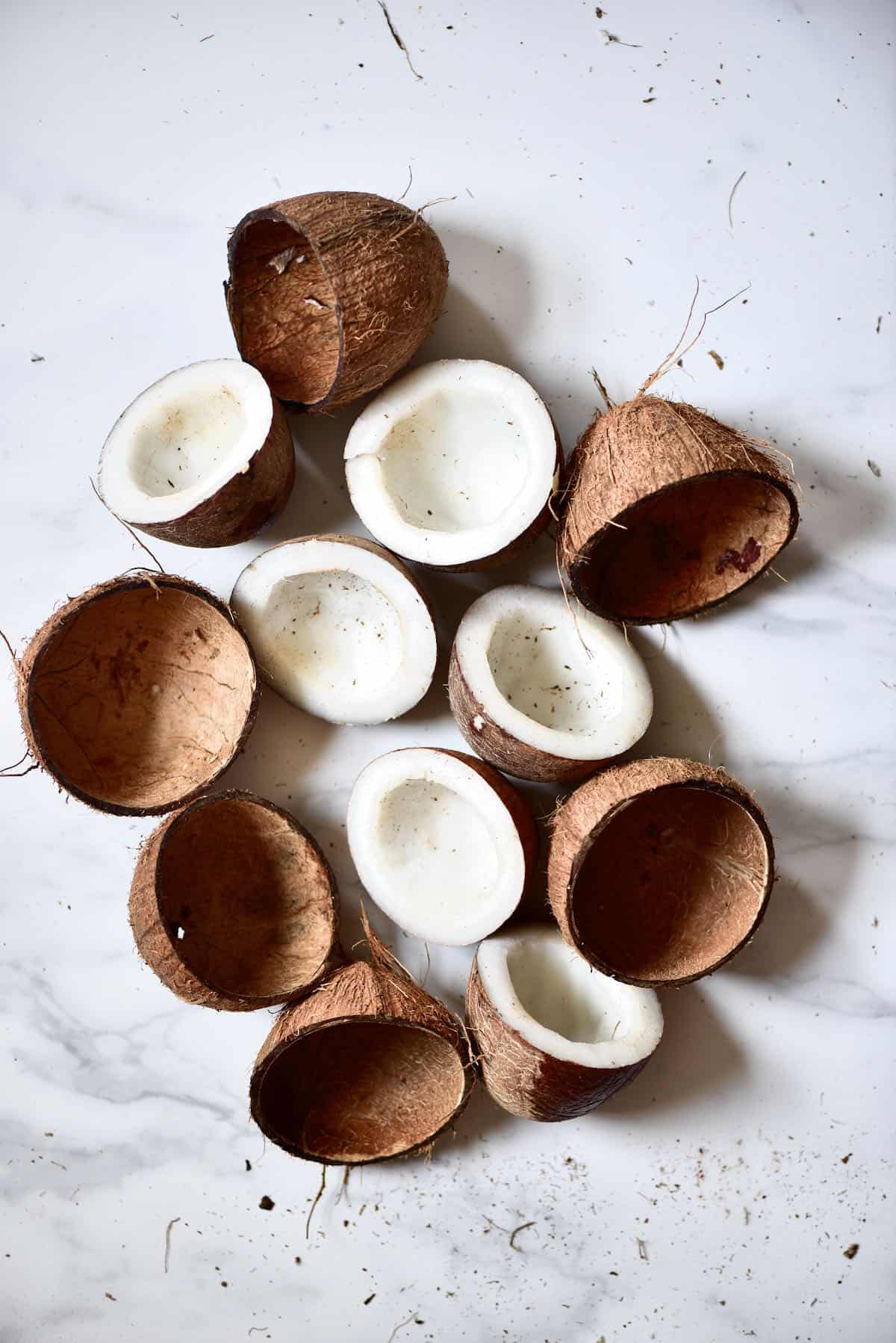
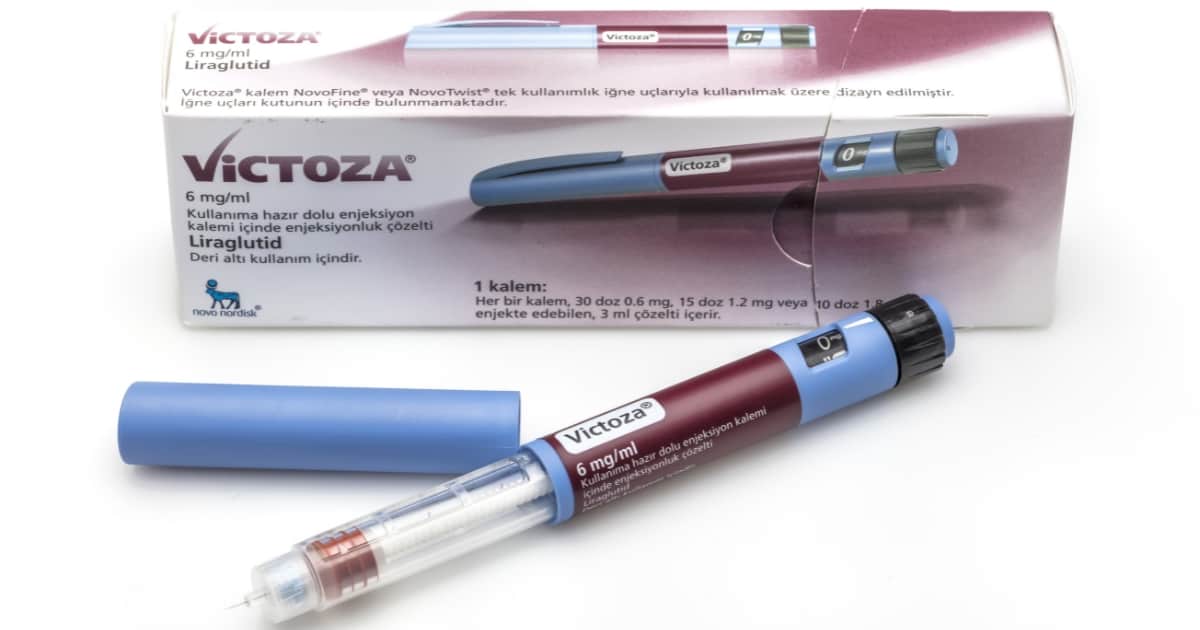
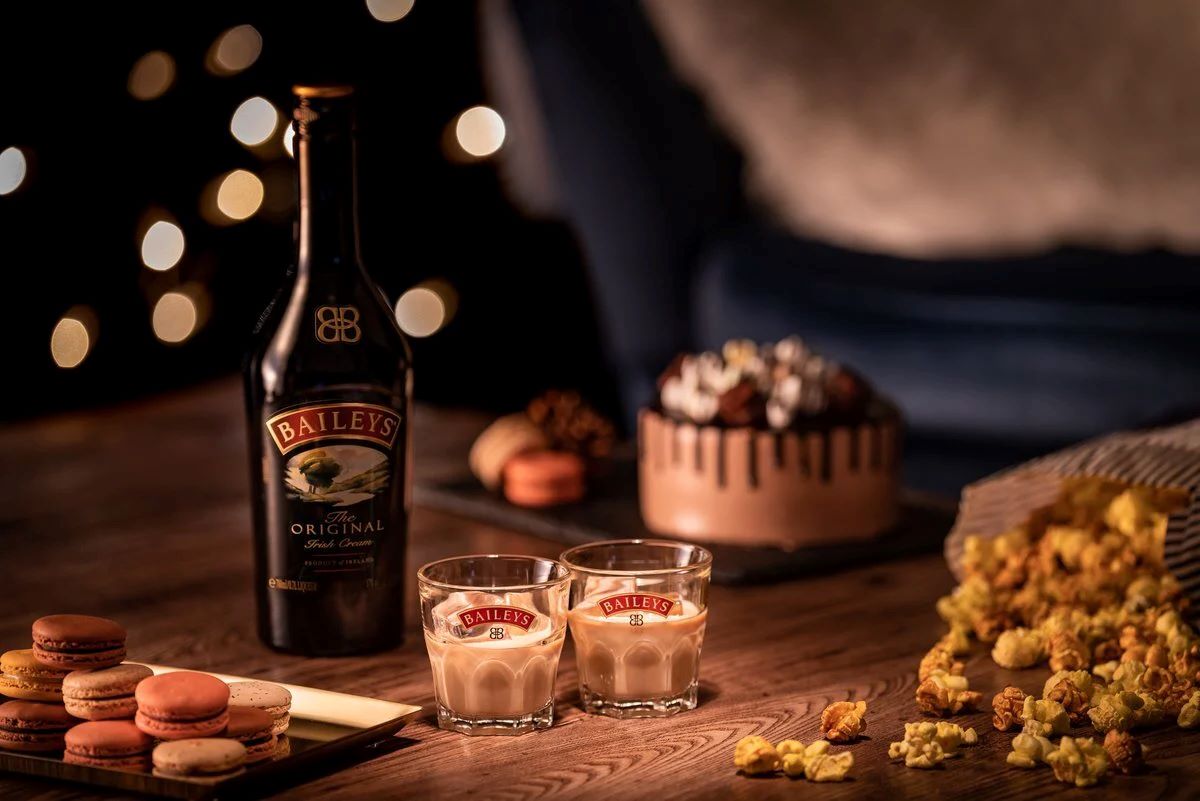
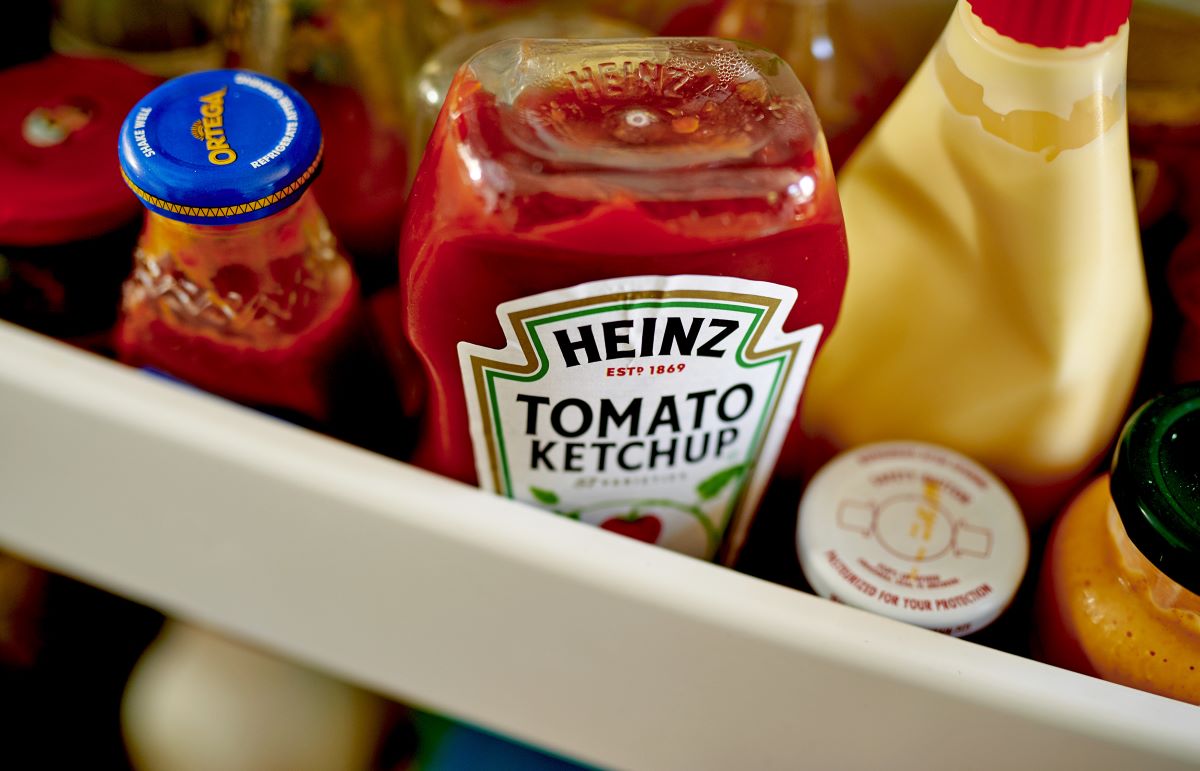
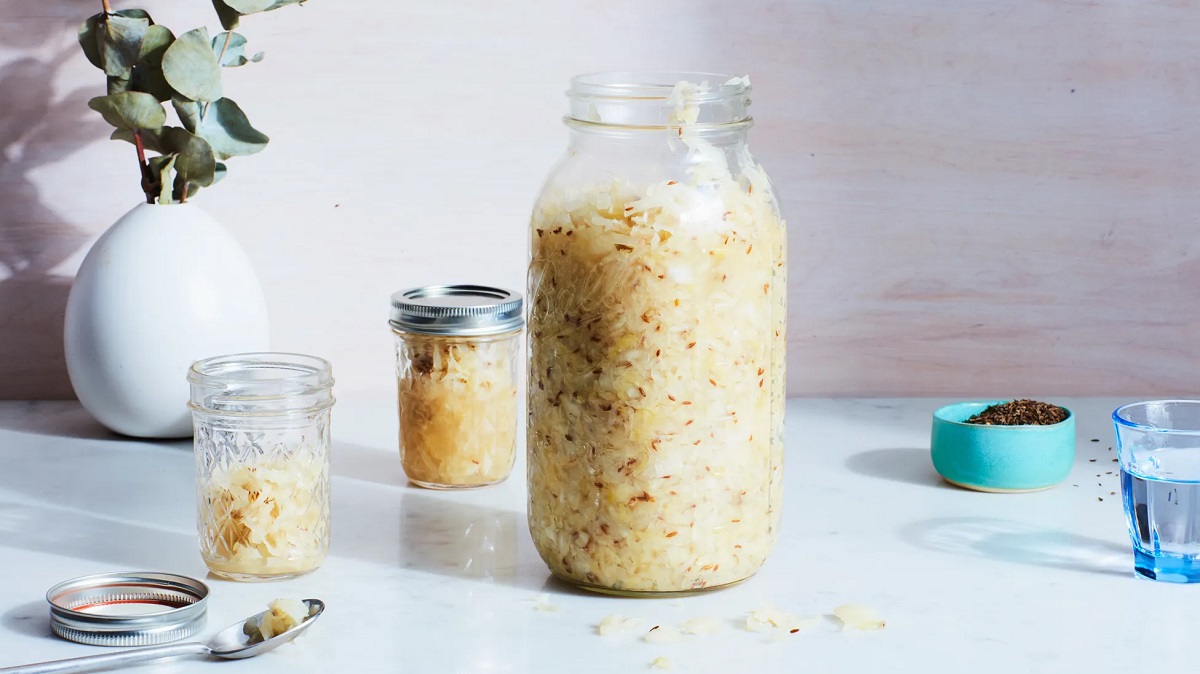
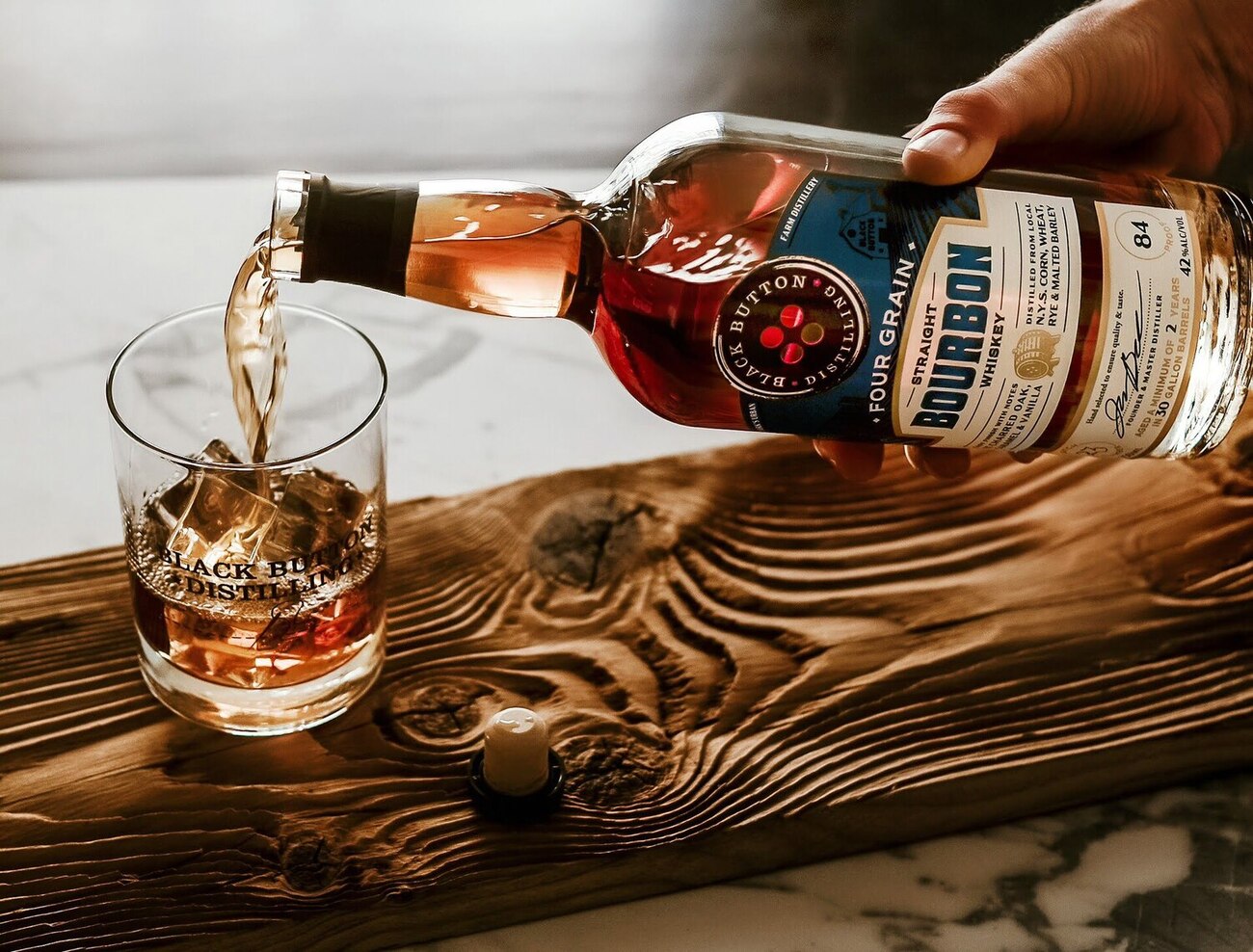
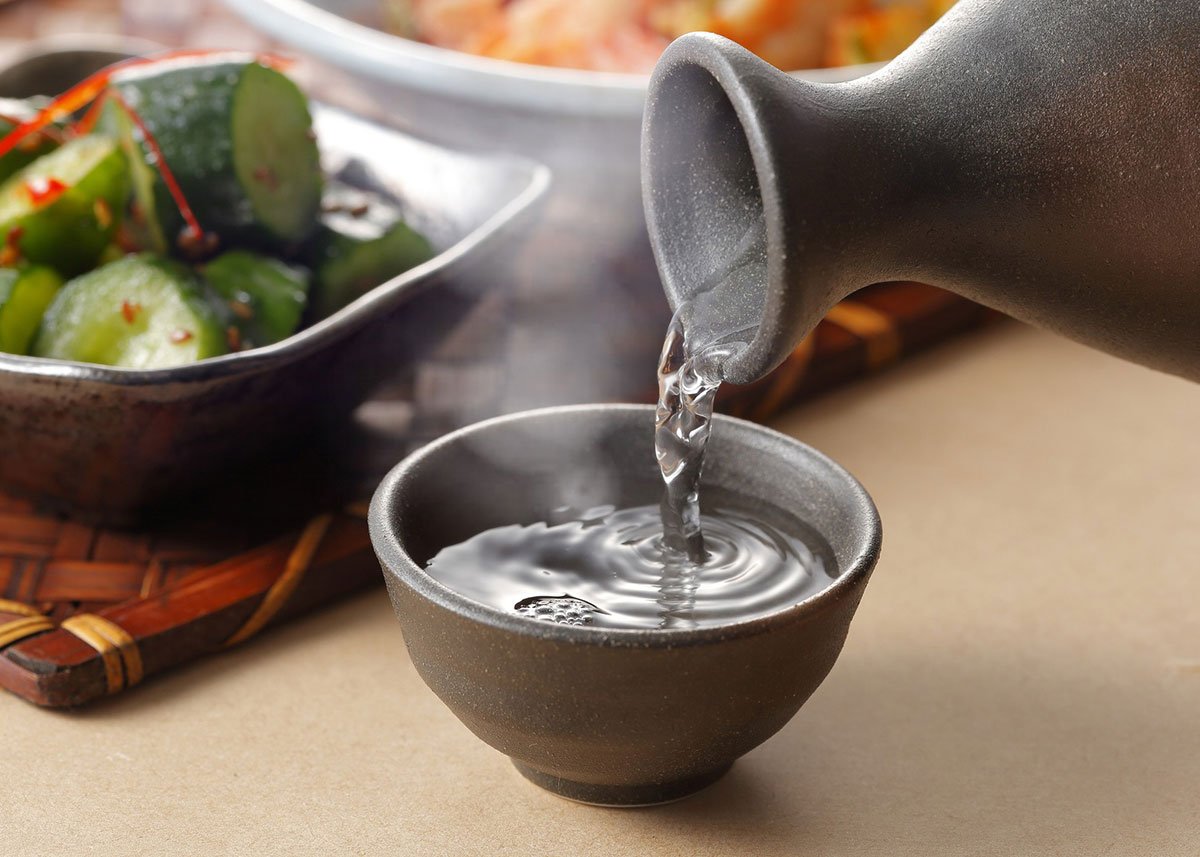

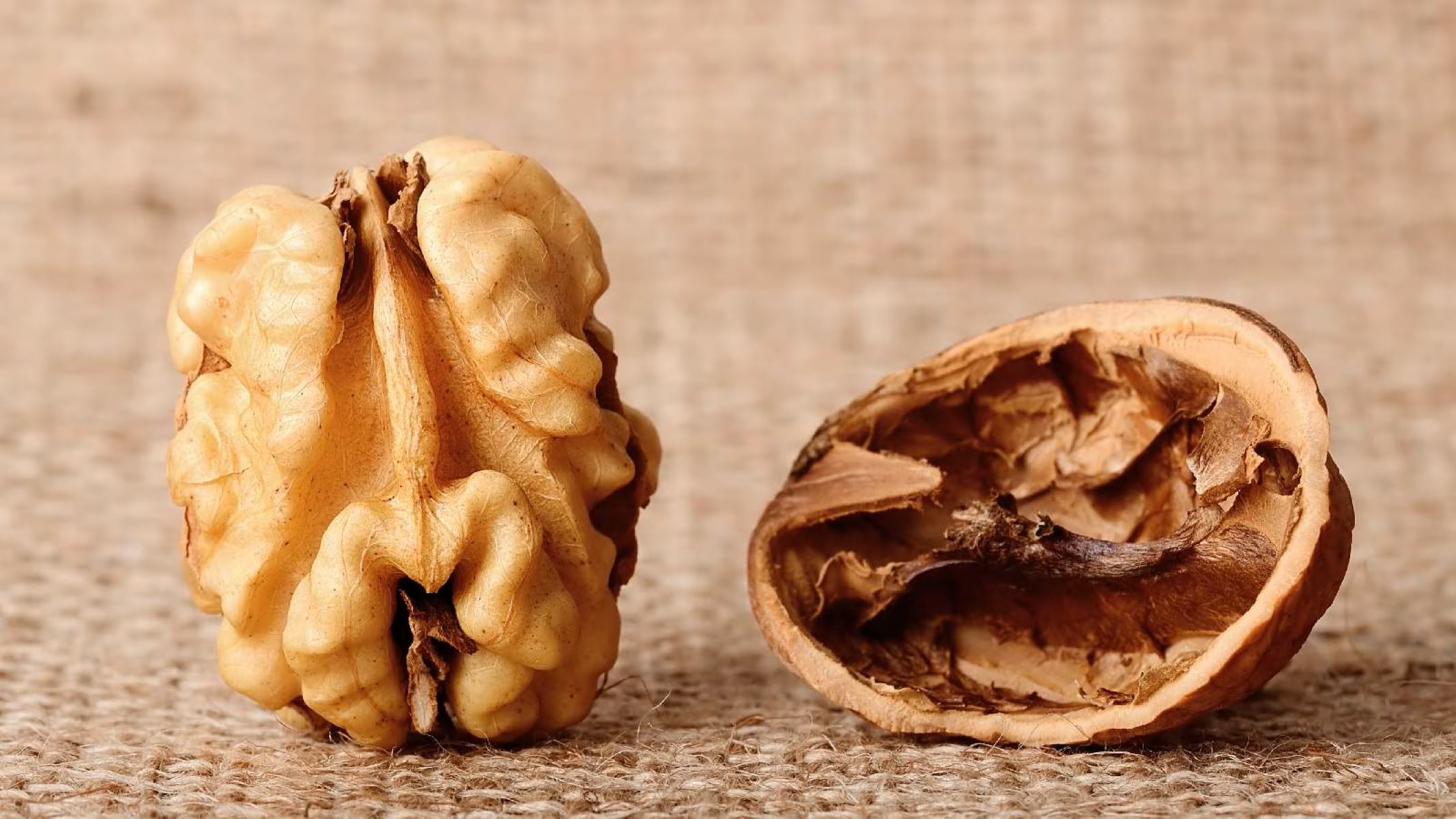
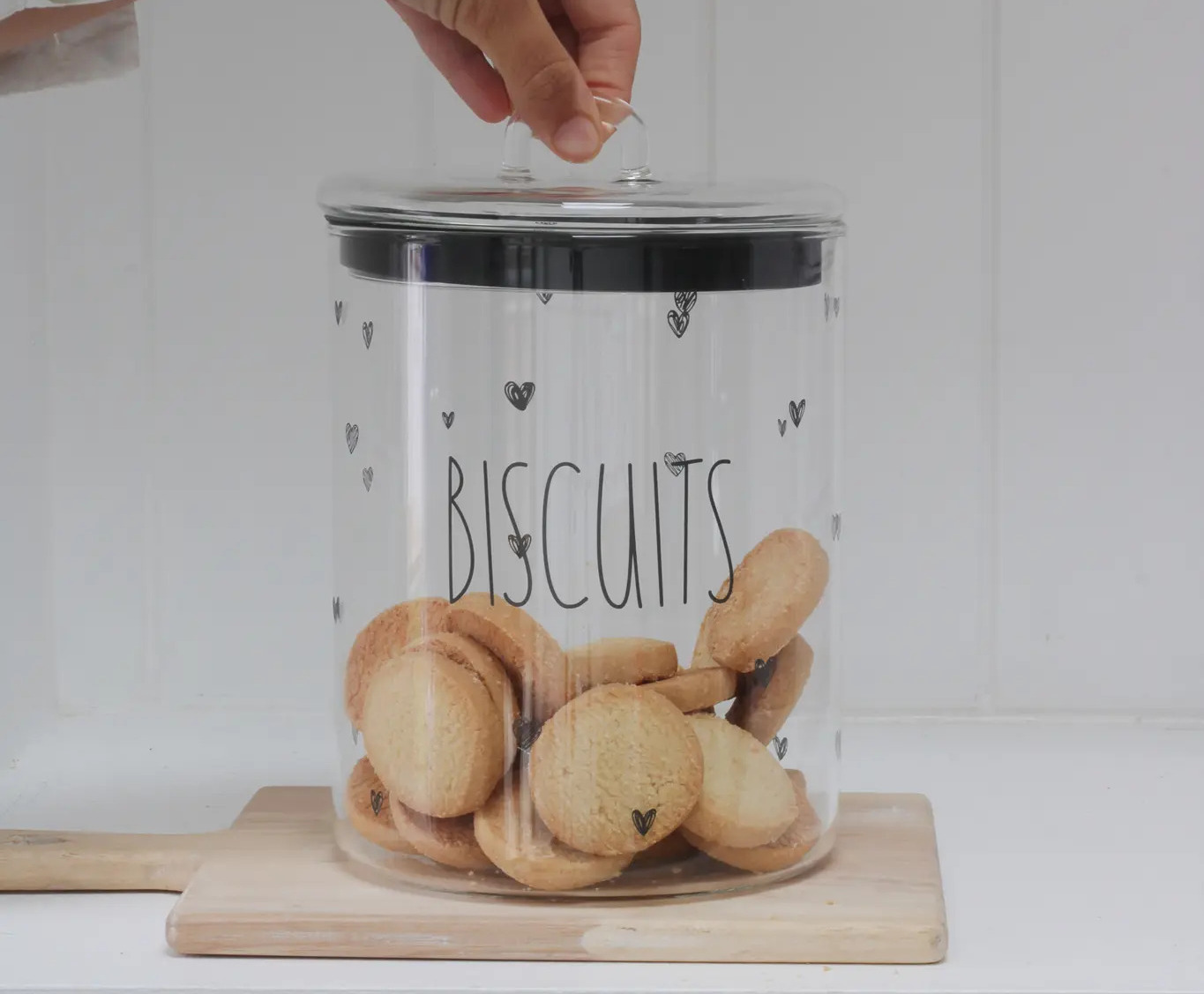
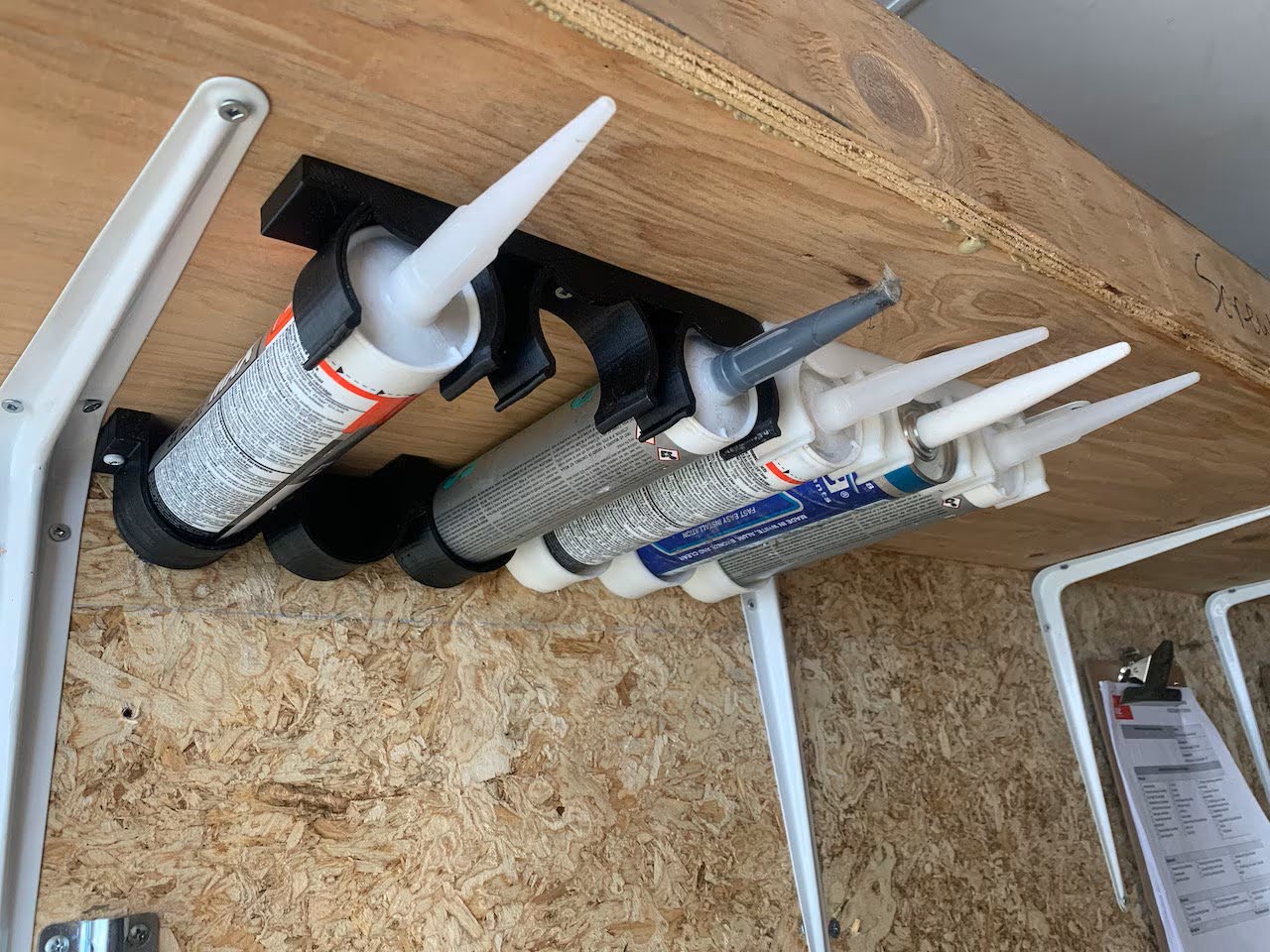

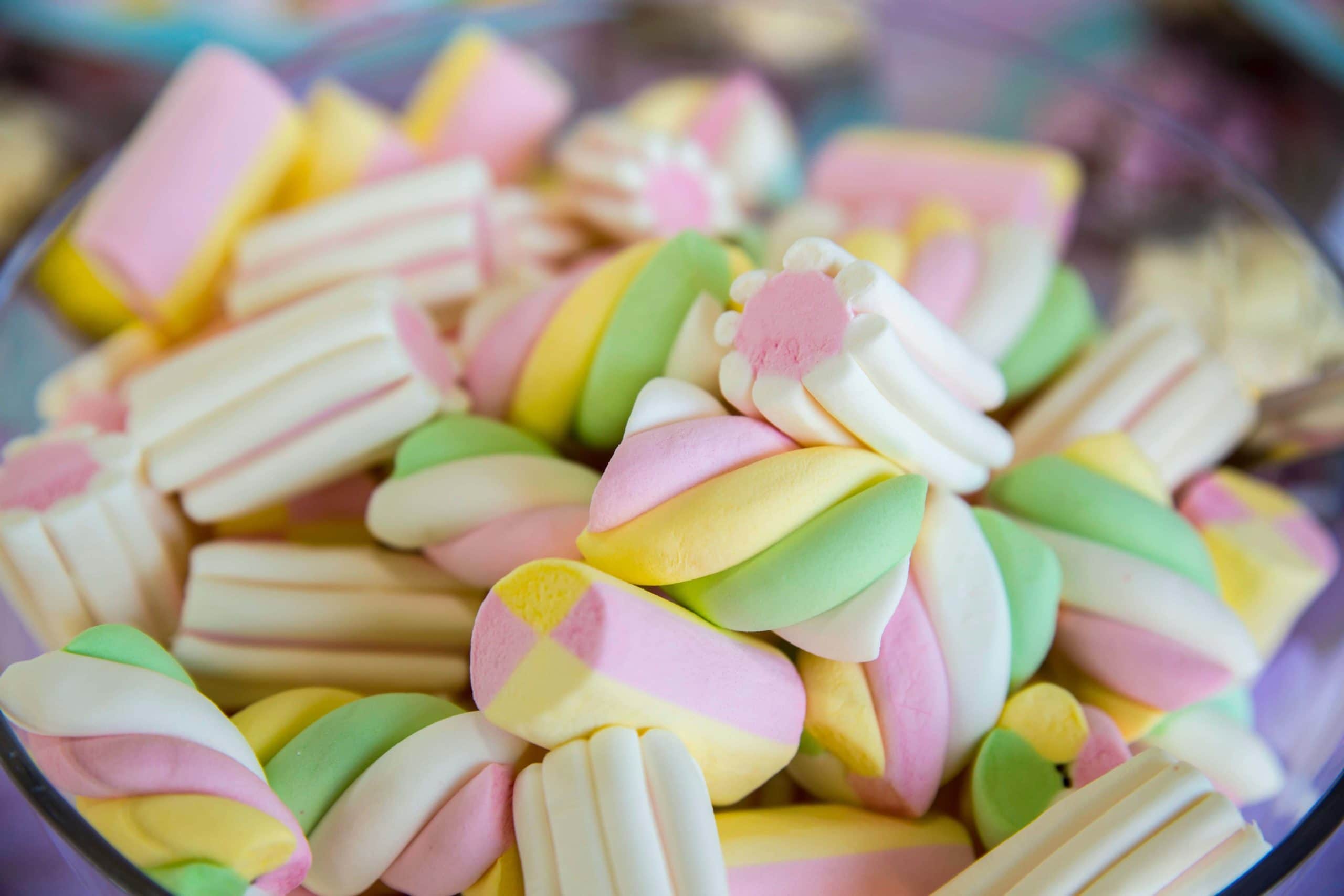
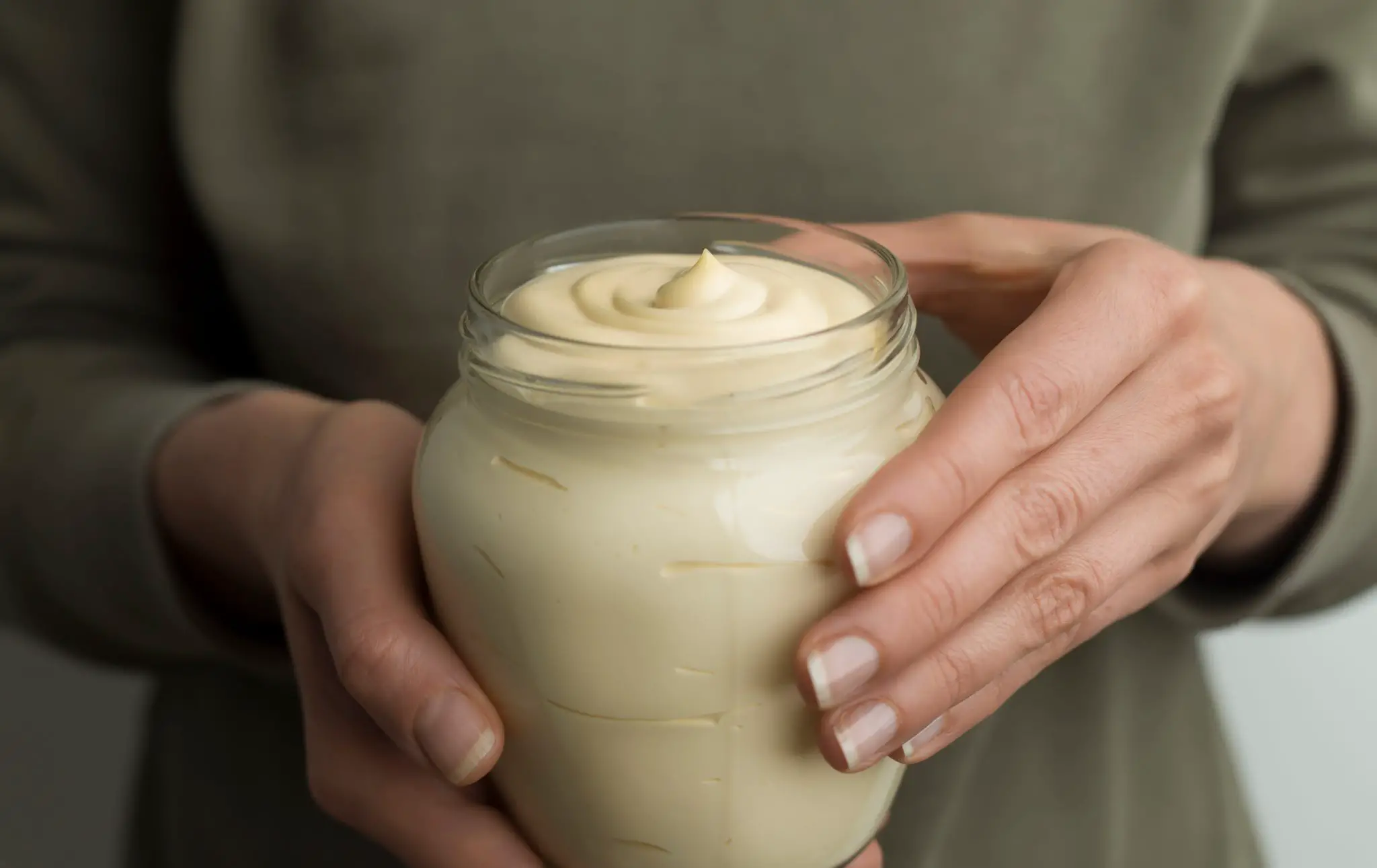

0 thoughts on “How To Store Whiskey After Opening”